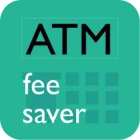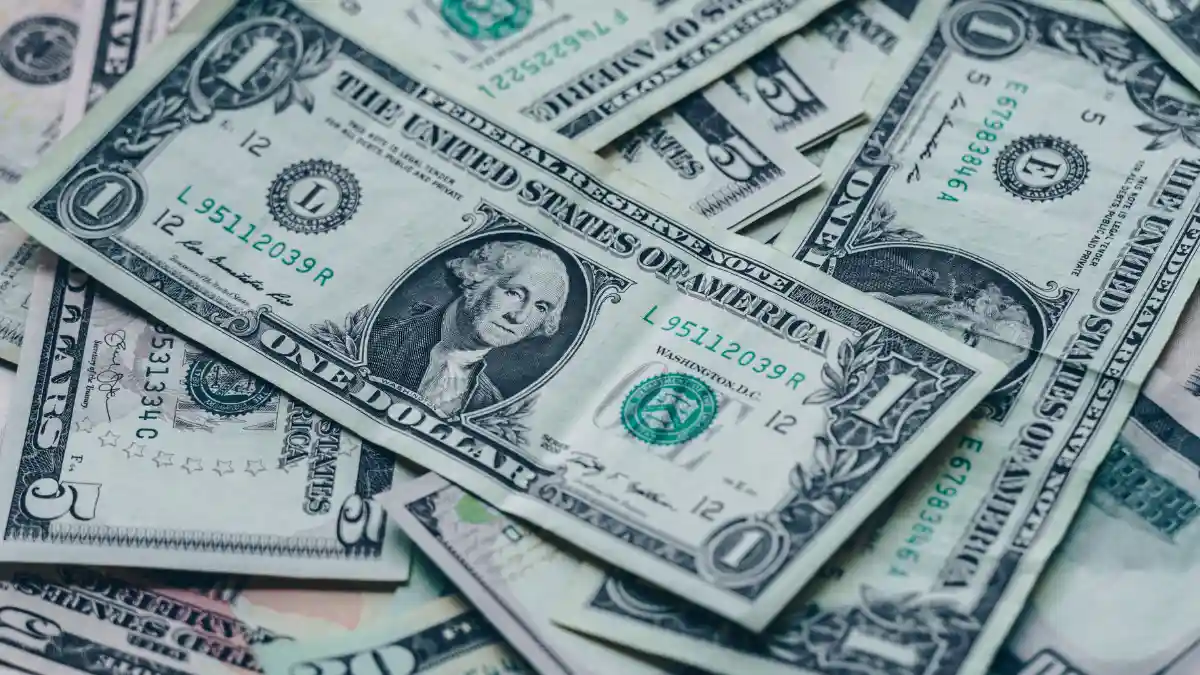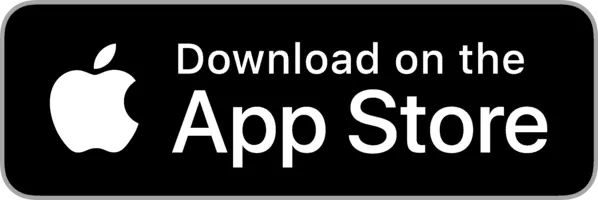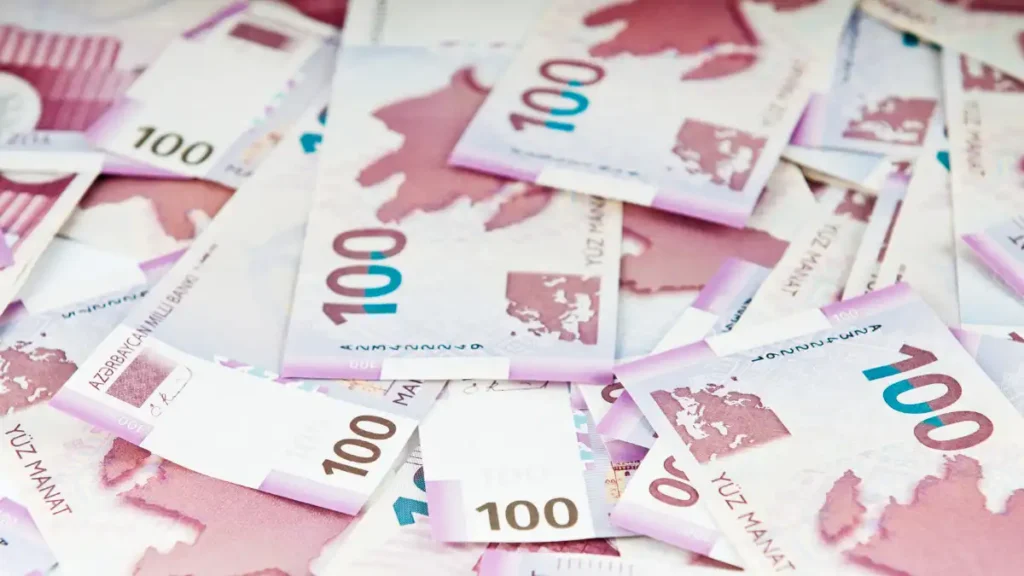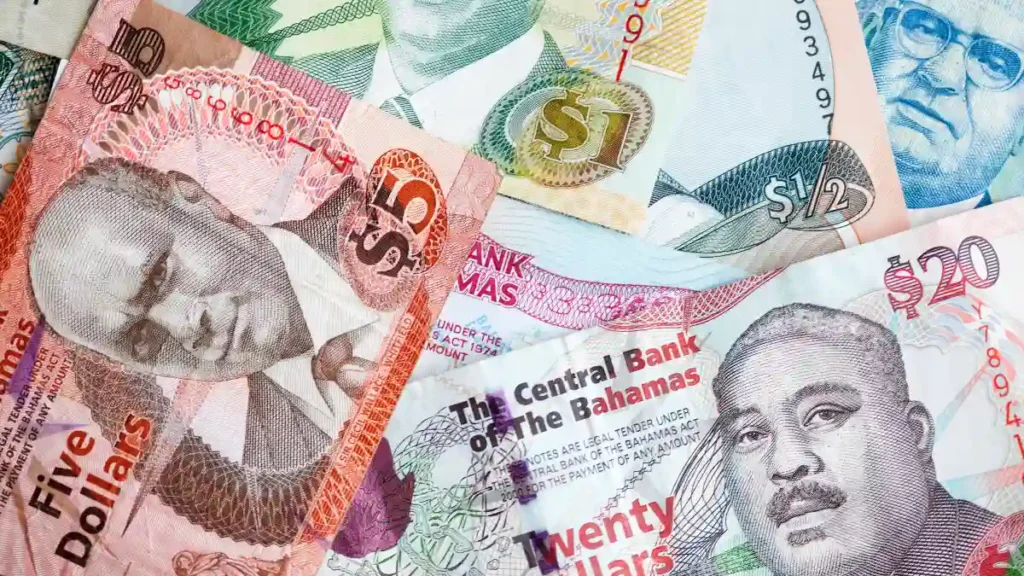Ecuador runs on the US Dollar, which simplifies travel for many-but don’t let that fool you into thinking money in Ecuador is hassle-free. Card acceptance is growing, especially in cities like Quito and Guayaquil, but cash is still king across most of the country-particularly in markets, mountain villages, and the Galápagos. You’ll need smaller denominations (like $1 coins or $5 bills), as large notes may be refused or hard to change. ATMs are available but not always reliable in rural zones. This guide breaks down how to manage currency in Ecuador, avoid unnecessary fees, and make your dollars stretch further.
How to pay in Ecuador – cash or card?
Cash tends to be a traveler’s trusty companion in smaller towns. If you’re stepping out of the city, keep cash handy for 70-80% of your transactions.
You can use cash for:
- Budget hotels
- Hostels
- Local tour operators (Amazon or Galápagos excursions)
- Tips and gratuities
- Street food (especially in local markets)
- Small eateries / restaurants
- Sit-down restaurants (outside major tourist zones)
- Small purchases
- Local expenses at tiendas, markets, informal vendors
- Local buses (almost always cash-based)
- Local taxis (cash preferred)
- Mobile SIM and phone top-up
- Laundry services
- Tailoring services
- Nightlife / bars (local joints)
You can use card for:
- 4 and 5 star hotels (especially in Quito, Guayaquil)
- Large tour operators (Galápagos cruises, packaged trips)
- Shopping at malls
- Entry fees to museums, national parks (Galápagos permits, Cotopaxi)
- Airport transport (shuttles, airport taxis in big cities)
- Sit-down restaurants (in urban areas)
- Upscale restaurants
- Online bookings for upscale hotels, flights, tours
- Spas (at high-end lodges or resorts)
- Vehicle renting (urban centers or international chains)
- Emergency medical clinics / pharmacies (private ones)
USD is the official currency. While card acceptance is improving, rural areas and small businesses are cash-dominant. ATMs are common, but always check for fees.
What’s the best currency to take to Ecuador?
Ecuador mainly accepts its local currency US Dollar (USD or $). Note denominations are 1, 5, 10, 20, 50, and 100.
So, United States Dollar is the best currency to take to Ecuador.
Where to get the local currency in Ecuador?
In Ecuador, you can get the local currency in 3 ways. These are:
ATMs, or
Currency exchange
Money transfer and local pick-up
Types of cards to swipe in Ecuador
Visa and Mastercard transactions are commonly accepted for swiping. You might also find some places that accept Amex and other cards, albeit less frequently.
Types of cards at ATMs in Ecuador
When withdrawing money in Ecuador, majority of the ATMs will accept Visa, Mastercard, Cirrus, and Plus cards. Some of them Maestro and Discover cards. Cards such as Unionpay, Amex, JCB, Diners, Rupay are not usually accepted by many ATMs.
Should I exchange money before travelling to Ecuador?
Ecuador uses the US Dollar (USD) as its official currency, so if you already have USD, there’s no need to exchange currency before travelling. However, it’s recommended to bring a supply of smaller denominations (like $1s, $5s, and $10s), as large bills (like $50 or $100) can be hard to break-especially in rural areas.
ATMs are widely available in cities and tourist areas, and they generally accept Visa and Mastercard. Cirrus and Plus cards are also supported at many locations. Check with your bank regarding foreign withdrawal fees and daily limits.
Currency exchange is not typically necessary unless you’re arriving with another foreign currency, in which case it’s best to convert to USD before travelling, as exchange options within Ecuador may be limited or offer poor rates.
Card payments are accepted at hotels, restaurants, and supermarkets in urban areas, but cash is still king in smaller towns, markets, and with taxis. Carrying a mix of cash and cards is the most practical strategy.
Where to withdraw money in Ecuador
The best ATMs for foreigners to use in Ecuador are those owned by popular banks such as:
- Banco Del Pacifico
- Banco Pichincha
- Produbanco
- Banco Guayaquil
- Banco Internacional
There are other banks with ATMs that also accept international debit and credit cards.
Global ATM alliance: Global ATM Alliance is a partnership among many banks in the world to allow its customers to withdraw cash from all partner banks abroad without any ATM fee. Many banks in the US, UK, Europe, Australia, and Latin America are part of the Global ATM Alliance, including Bank of America, Barclays, Deutsche Bank, and others. BUT, there is no local bank in Ecuador part of this network. So don’t rely on this.
For a detailed guide, read Cash and ATMs in Ecuador.
Discover fee-free and low-fee ATMs on the ATM Fee Saver mobile app for iOS and Android. This app provides ATM PINs and details of leading bank ATMs such as ATM fees and withdrawal limits for foreign cardholders at ATMs in Ecuador. Moreover, its simple fee calculator helps you determine exact withdrawal charges. You can also find cash tips and tricks on the app for 160+ countries including Ecuador. Download now from the App Store or Play Store.
Where to exchange currency in Ecuador
In Ecuador, you can exchange currency at authorised currency exchanges, banks, airports, and hotels, the most popular being authorised currency exchanges.
Ecuador uses the US Dollar (USD) as its official currency, so travelers from the U.S. do not need to exchange money. For travelers bringing other currencies (e.g. EUR, GBP), exchange offices-commonly known as “Casas de Cambio”-are located in:
Quito: Mariscal district, La Floresta, and the historic center
Guayaquil: Alborada and Urdesa areas
Airport exchange desks: Available but may have higher margins
Not many in the Galapagos Islands.
Note: Exchange rates in tourist areas or airports may not be as favorable as in the city.
- Banks Offering Currency Exchange:
Banco Pichincha
Banco del Pacífico
Produbanco
Some banks offer limited foreign currency exchange services, mainly for Euros, and may require ID and time-consuming procedures.
💡 Tip: Bring clean, undamaged USD bills-many places in Ecuador refuse to accept torn or worn bills. Coins can be hard to obtain, so small denominations are useful.
Pro-tips:
Stay away from airport exchanges – Poor rates
Avoid the black market – Be wary of being conned.
Include fresh notes – If your notes are damaged or dirty, you can expect to pay more or less.
Is carrying money in Ecuador safe?
Carrying a large amount of cash in Ecuador is generally not safe. Carry only what you need for the day or a few hours. Tips for cash safety include:
Some safety tips for carrying cash while travelling in Ecuador are:
Carry only the cash you need.
Do not keep all the cash in one pocket or wallet.
Put some cash in a safety belt or fanny pack.
Do not flash your cash.
When paying, do not remove or display your entire cash.
Keep wallets preferably in front pockets.
Cross-wear your purses if possible.
Hold your purses, wallets and bags close and tight on crowded streets and in public trains and buses.
When withdrawing cash, keep the cash low while you count it so people around don’t see it.
If you’re dining alone, don’t leave your wallet / bag unattented while you go to the restroom.
If sitting outdoors in a restaurant, don’t leave your wallets / bags on the table.
Is it better to use debit or credit cards or pay by cash in Ecuador
Use a card if it is fee-free i.e. your bank does not charge any fees to swipe the card, when the merchant / POS also does not impose any extra charge to use a card, you need to use the insurance of the card, don’t want to block cash of large purchases and card’s swipe fees are lower than withdrawal fees.
Pay by cash by withdrawing cash from ATM or exchanging currency where – fees on ATM withdrawals are lesser than fees on swiping cards, you don’t want to leave any digital footprint of your expenses, it is convenient and easier to conduct transactions.
